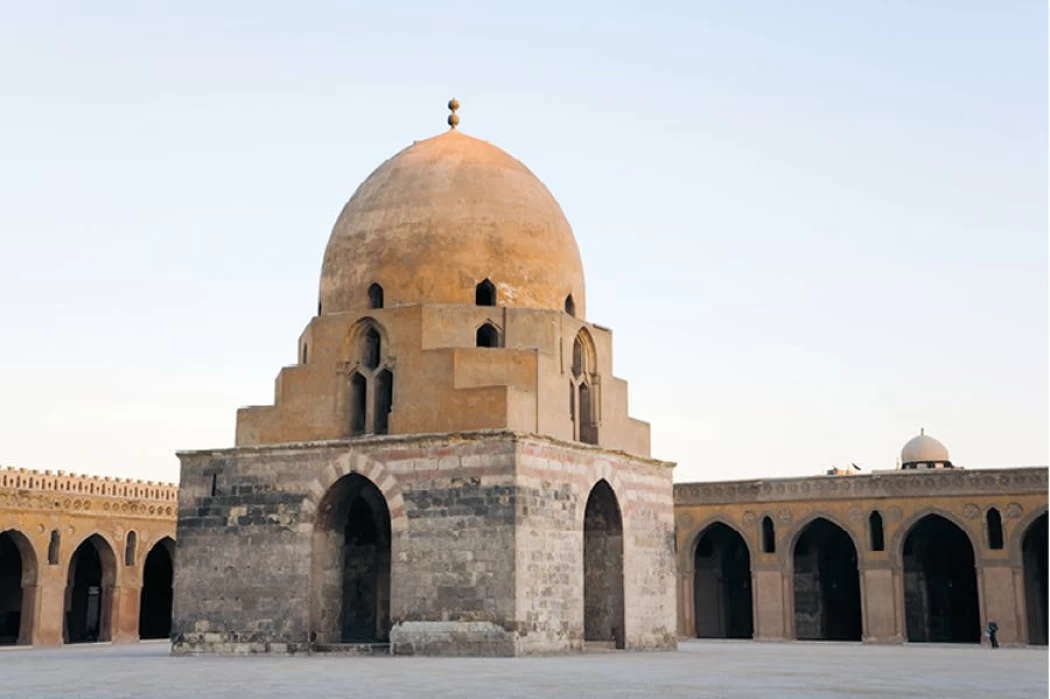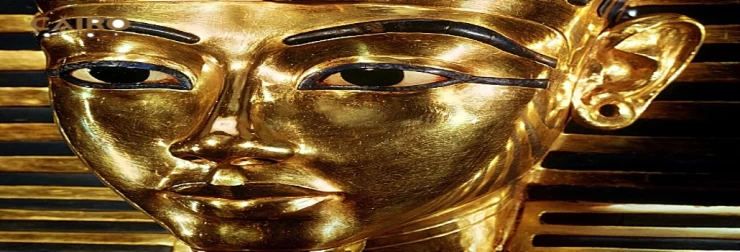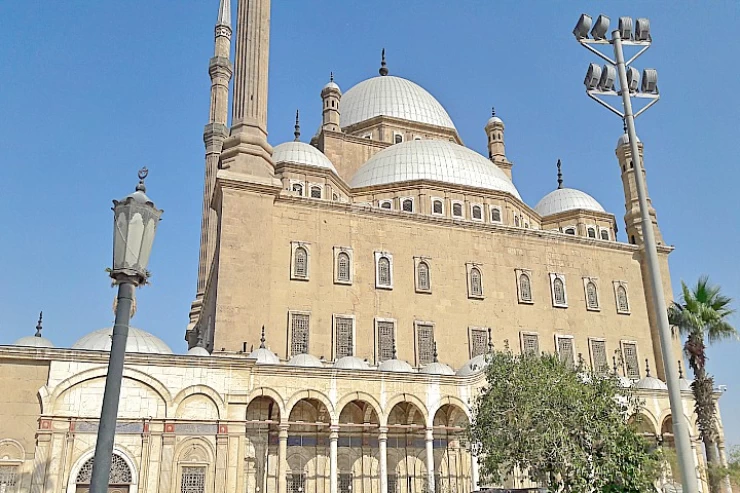
Ahmad Ibn Tulun life and his achievements
Ahmad Ibn Tulun Mosque
Ahmad Ibn Tulun (September 835 - March 884), the founder of the Tulunid Dynasty ruled Egypt between 868 and 905 AD. The Abbasid caliph sent him to the ruler of Egypt, and Ibn Tulun declared himself an independent ruler.
Ahmad ibn Tulun’s roots go back to Turkish origins, and his father was a Mamluk “Noah ibn Asad”, the governor of “Bukhara”. He freed him because of his ability and competence, then he sent him to the Caliph Al-Mamun. He admired him, placed him in the court of the caliphate, and progressed in military positions until he became head of the Caliph's Guard.
And in the city of "Baghdad", the capital of the caliphate, Ahmad Ibn Tulun was born on (23 Ramadan 220 AH = 20 September 835), and his father took great care of him. He taught him martial arts, received jurisprudence and hadith, frequented the scholar’s circles, and drew from it,
and was blessed with a good voice in reading the Qur’an, and he was the one who taught people to him and taught them about it, then he moved to Tarsus after he took over some of its affairs on his desire To be close to its scholars who were famous for their jurisprudence, hadith, and interpretation, and after his return, he became a place of trust of the Abbasid caliphs for his knowledge and courage.
State of Egypt
It was the custom of the senior governors, who were appointed by the caliph for the territories under his control, to remain in the caliphate's capital.
Let them enjoy prestige and authority, and proximity to areas of sovereignty and influence, and at the same time they will deputize for them in the rule of those states those whom their followers and relatives trust, and find in them the skill and competence. Egypt was during that period under the jurisdiction of the Turkish commander "Pakbak", the husband of Umm Ahmad Ibn Tulun. According to this custom, his wife's son "Ahmed" ruled Egypt and supplied him with a large army that entered Egypt on (23 Ramadan 254 AH = 16 September 868 AD).
Mosque of Ahmed Ibn Tulun
The Mosque of Ahmed Ibn Tulun is considered the sheik of the mosques of Cairo without dispute, as it has completely restored a mosque in its original state with some Mamluk additions, in contrast to the Mosque of Amr Ibn Al-Aas, whose original features were completely erased by renovations and expansions, and was established by Prince Ahmed Ibn Tulun during the period Between the years 263 AH - 265 AH, Zahera felt great awe and reverence.
Ahmad ibn tulun hospital
Ahmed Ibn Tulun also built his great palace on the site of the current Citadel Square and it has completely disappeared, and it is said from its enormity that it had forty gates, and Cairo is full of other Tulunian monuments, such as the Tulunid house in the area of the tanneries in ancient Egypt.
Bimaristan Ahmad Ibn Tulun, known as "the ancient bimaristan", was the first hospital in its full sense to be established in Egypt. What is the history and location of ancient Bimaristan, its description and archaeological features, and the most famous doctors for it?
Ibn Tulun hospital
There were several different buildings in Egypt before the ancient bimaristan built by Ahmad Ibn Tulun. In his book “The History of the Bimaristans in Islam,” Ahmed Issa mentioned that in the Umayyad state there were two practices in the alleys of the lamps, the house of Abu Zabid, and the alleys
of the lanterns - and he is called the alleys of the lanterns - from the alleys of Fustat. Al-Qudai said: Rather, he marked the lanterns alley or the lanterns because he was painted with a lamp that was at the door of Amr ibn al-Aas, and in this alley was born Imam al-Hafiz Ibn Sayyid al-Nas, the author of the book “Uyun al-Athar fi Fann al-Maghazi, Shamael, and Sir”, who died in (734 AH = 1334 CE).
The location and history of the establishment of the ancient bimaristan
Known as the "highest bimaristan" or "the Tuluni bimaristan", it was established by Ahmad ibn Tulun in the year (259 AH = 872 AD) and it was said in 261 AH. Mamlouk, and he used to supervise it by himself, and ride to it every day.
Bimaristan Maafir
The death of Ahmed Ibn Tulun
Ahmad ibn Tulun died in the year 270 AH / 884 CE and was succeeded by his son Khomarwayh.


















